Coconut shrimp’s delightful combination of textures (the crunch of panko breadcrumbs and the softness of succulent shrimp), subtle sweetness from the coconut, and homemade sweet chili sauce make this recipe an absolute favorite! It’s a quick and easy recipe, taking less than 30 minutes from start to finish, making it an excellent choice for busy evenings. Whether you’re cooking for a special occasion or just a regular weeknight, crispy coconut shrimp is a versatile dish that’s bound to be a hit.
Why You’ll Love This Recipe
- The panko crunch and chewy shrimp create a satisfying bite every time.
- Quick and easy with a preparation time of under 30 minutes.
- Versatile in serving as a main dish with sides or as an appetizer.
- The combination of sweet coconut and savory shrimp offers a delicious contrast.
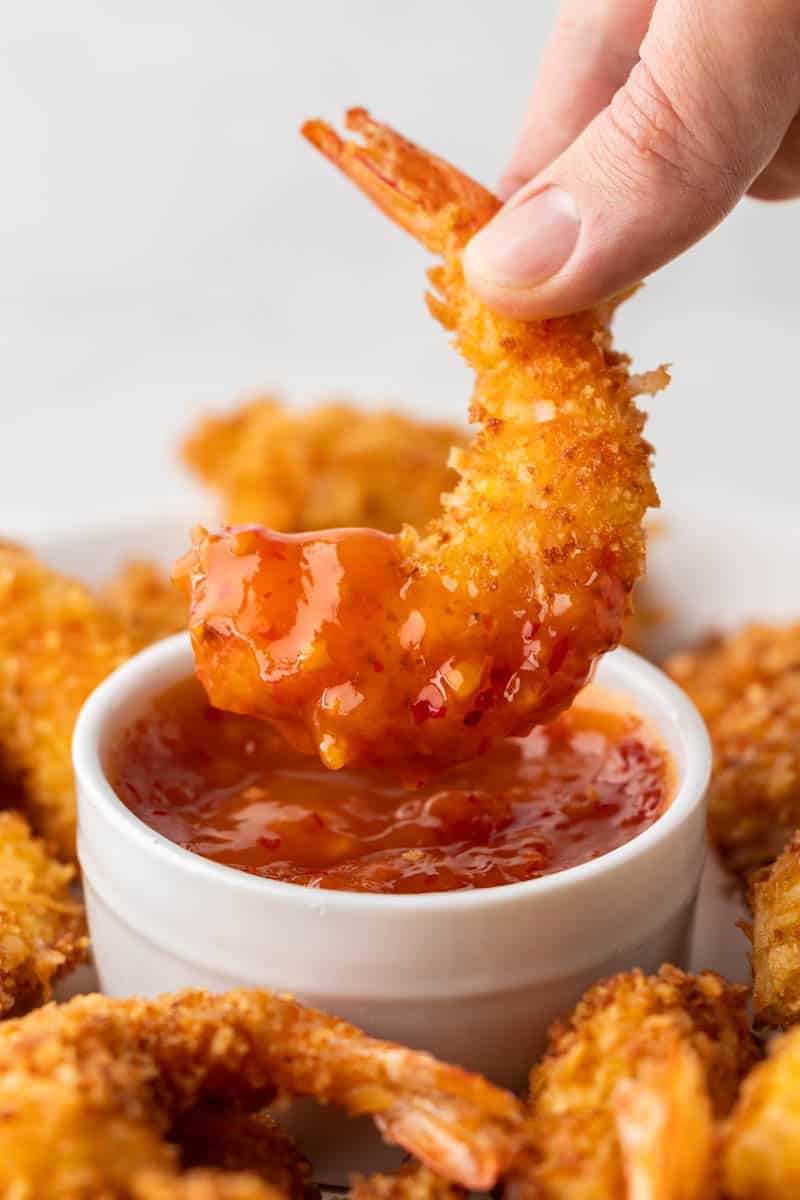
Crispy Coconut Shrimp Ingredients & Substitutions
Delving into the heart of our crispy coconut shrimp recipe, let’s explore the ingredients that make this dish so special. Here, we’ll break down each component and offer practical substitution options, ensuring you can tailor the recipe to suit your pantry, dietary preferences, or taste.
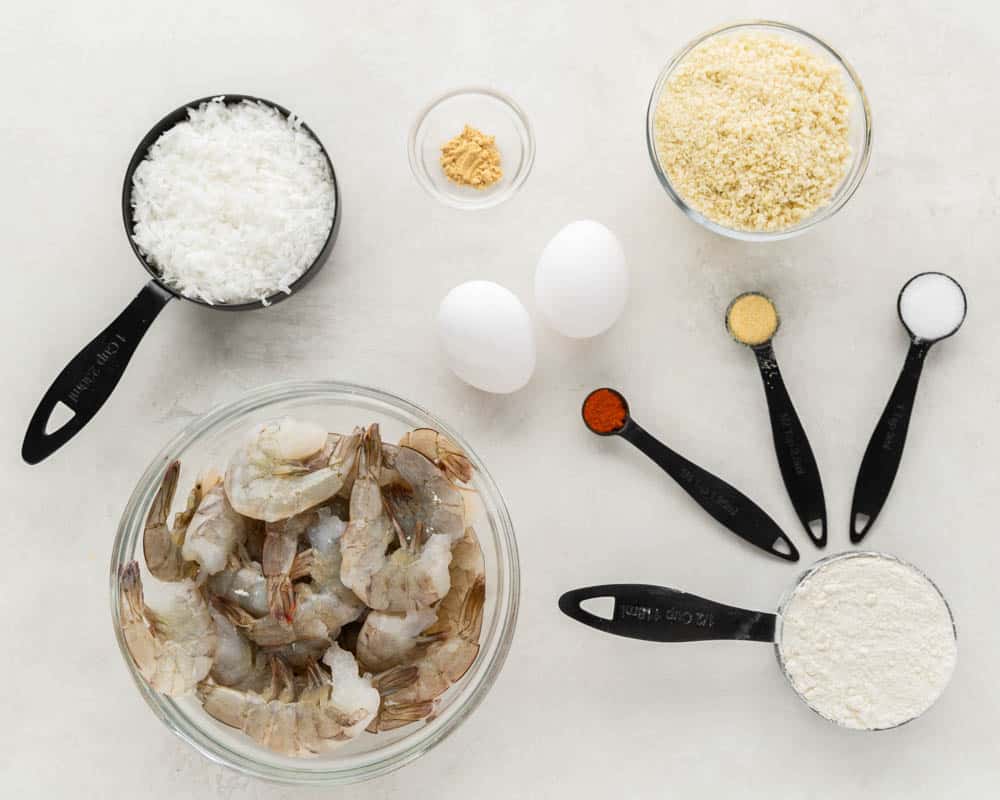
- Shrimp (peeled and deveined): Use large, raw shrimp for the best texture. Frozen shrimp can be used if thawed properly. You may leave tails on or remove them.
- Flour: All-purpose flour is standard, but a gluten-free blend can be used for a gluten-free version.
- Eggs: Essential for binding the coating. Substitute with a commercial egg replacer if needed.
- Panko Breadcrumbs: Provide crunch; substitute with gluten-free options as needed.
- Coconut Flakes: Sweetened flakes add a nice flavor, but unsweetened flakes work for a less sweet option.
- Oil for Frying: Vegetable or canola oil is recommended due to their neutral flavor and high smoke point.
Frequently Asked Questions
You can coat the shrimp ahead of time, but it’s best to fry them just before serving for optimal crispiness.
Before battering, remove the shell and legs and butterfly the shrimp by inserting a knife most of the way through, starting at the top and running a slit down to the tail and spread open. Do not cut all of the way through. Once spread open, pound the shrimp flat.
Yes! Make sure the shrimp is entirely thawed before coating and cooking. Simply place the shrimp in a bowl and run them under cool water to thaw.
Certainly! Preheat your oven to 425 degrees Fahrenheit. Line a baking sheet with parchment paper or a silicone baking met and set coated shrimp on your lined baking sheet. Spritz the shrimp with cooking oil and bake for 18-20 minutes, flipping halfway through until fully cooked.
Yes! Preheat your air fryer to 400 degrees Fahrenheit. Place your shrimp on the tray, spray with cooking oil, and cook the chicken 2-3 minutes on each side (4-6 minutes total) until the shrimp is cooked through, and crispy and golden on the outside. You’ll need to work in batches so that you don’t crowd the air fryer. The size of batches will entirely depend upon the size of your air fryer.
The shrimp will turn pink and the coating will be golden brown.
Visual Guide to Making Crispy Coconut Shrimp
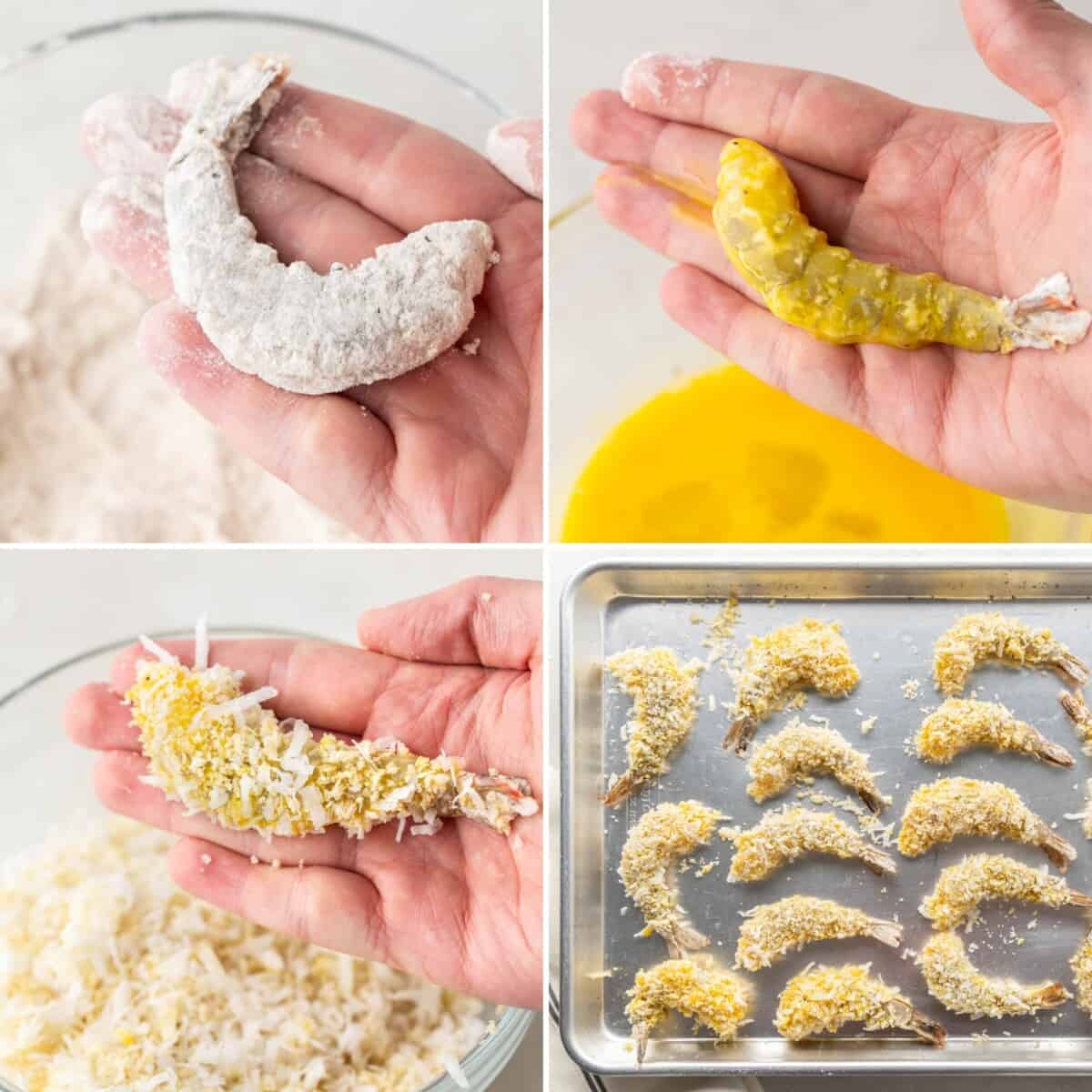
Choosing the Right Shrimp
When it comes to making crispy coconut shrimp, the type of shrimp you use can significantly impact the flavor and texture of the dish. Here’s a guide to help you make the best choice:
Farmed vs. Wild-Caught Shrimp:
- Farmed Shrimp: Often more affordable and readily available, farmed shrimp are raised in controlled environments. While convenient, some may have concerns regarding sustainability and taste differences compared to wild-caught shrimp.
- Wild-Caught Shrimp: Known for their superior flavor, wild-caught shrimp are harvested from their natural environment. They’re often considered more environmentally sustainable, though usually pricier than their farmed counterparts.
Shrimp Sizes: Shrimp are sold by count per pound. For crispy coconut shrimp, medium to large sizes (like 21-25 or 26-30 count) are ideal. These sizes offer a good balance of ease of handling and a satisfying bite. Avoid very small shrimp as they can overcook easily, and very large ones might not provide the desired even coating and crispy texture.
Picking the Freshest Shrimp: When at the grocery store, look for shrimp that:
- Smell Fresh: Fresh shrimp should have a clean, ocean-like scent. Avoid any with a strong fishy or ammonia-like odor.
- Look Vibrant: The shrimp should appear shiny and translucent. Avoid any that look discolored or have black spots, as these are signs of aging.
- Feel Firm: The flesh should be firm to the touch and snap back when pressed.
- Storage: If buying frozen, ensure the package is not torn or damaged. For fresh shrimp, check that they’re stored on a bed of ice.
By choosing the right type of shrimp, you’ll ensure your crispy coconut shrimp is not only delicious but also suits your ethical, dietary, and budget preferences. Whether you opt for the convenience of farmed shrimp or the robust flavor of wild-caught, paying attention to size and freshness will lead to the best results in your cooking.
Troubleshooting
- Coating Not Sticking: Ensure shrimp are dry before coating. Dip thoroughly in each layer – flour, egg, then panko-coconut mixture.
- Oil Temperature: If shrimp are browning too quickly, lower the heat. If they are soggy, increase the heat.
- Uneven Cooking: Fry in batches to avoid overcrowding, which can lower the oil temperature.
Tips From the Chef
- Butterfly the Shrimp for even cooking.
- Oil Temperature: Maintain oil temperature (350°F-375°F) using a cooking thermometer.
- Avoid Overcrowding: Fry shrimp in batches. Overcrowding can lower the oil temperature, leading to soggy shrimp.
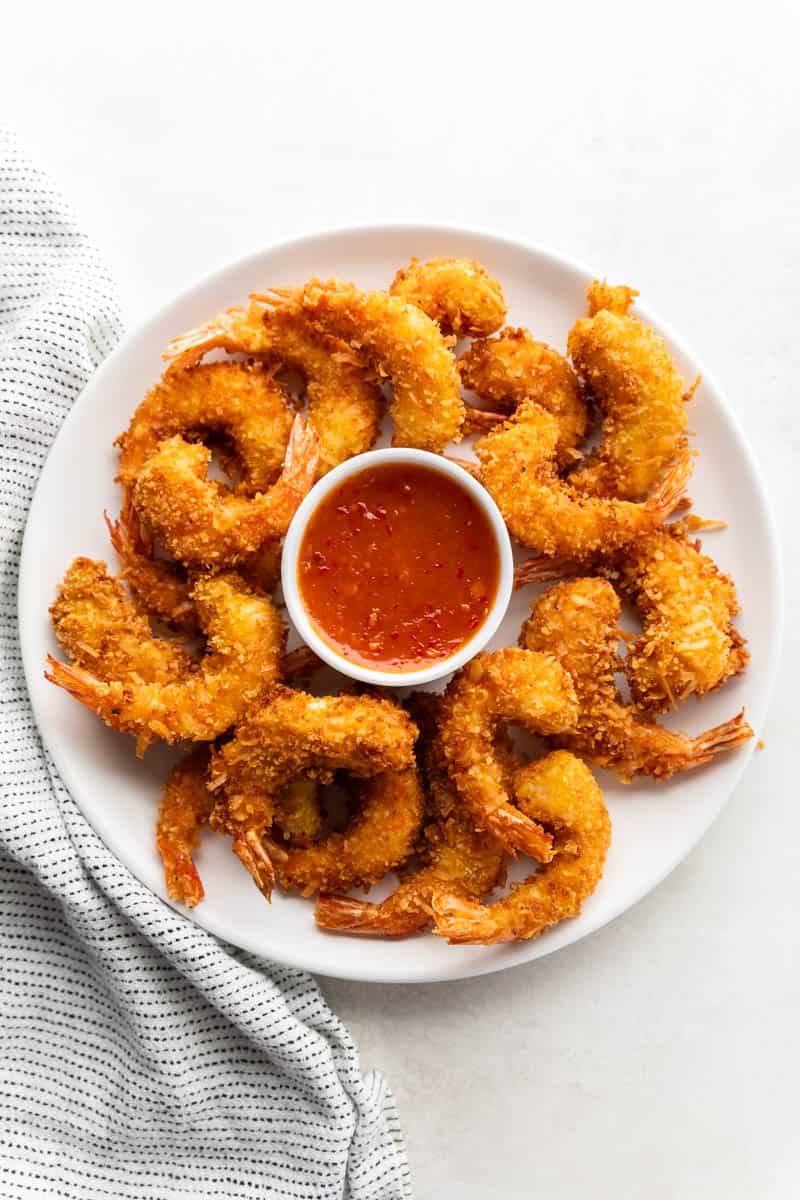
Storage & Reheating Instructions
Storing Leftovers:
- Refrigeration: Place any leftover crispy coconut shrimp in an airtight container. They can be stored in the refrigerator for up to 24 hours. To best maintain their texture, try to keep them in a single layer, and use parchment paper to separate layers if needed.
- Avoid Sogginess: To help retain their crispiness, cool the shrimp completely before storing them. This prevents condensation that can make the breading soggy.
Reheating Instructions:
- Reheating in the Oven: This is the best method for reheating crispy coconut shrimp to help restore their original texture. Preheat your oven to 350°F. Place the shrimp on a wire rack over a baking sheet and heat for about 10-15 minutes or until heated through and crispy. The wire rack allows air to circulate, crisping up the shrimp evenly.
- Reheating in the Air Fryer: If you have an air fryer, it’s a great tool for reheating crispy shrimp. Set the air fryer to 300°F and heat the shrimp for about 6-8 minutes, checking for crispiness.
- Avoid Microwaving: While it’s quick, microwaving is not recommended as it tends to make the shrimp soggy.
Freezing is not recommended to maintain a desirable crunch and texture.
More Amazing Shrimp Recipes
Watch the video below where Caytlin will walk you through every step of this recipe. Sometimes it helps to have a visual, and we’ve always got you covered with our cooking show. You can find the complete collection of recipes on YouTube, Facebook Watch, or our Facebook Page, or right here on our website with their corresponding recipes.

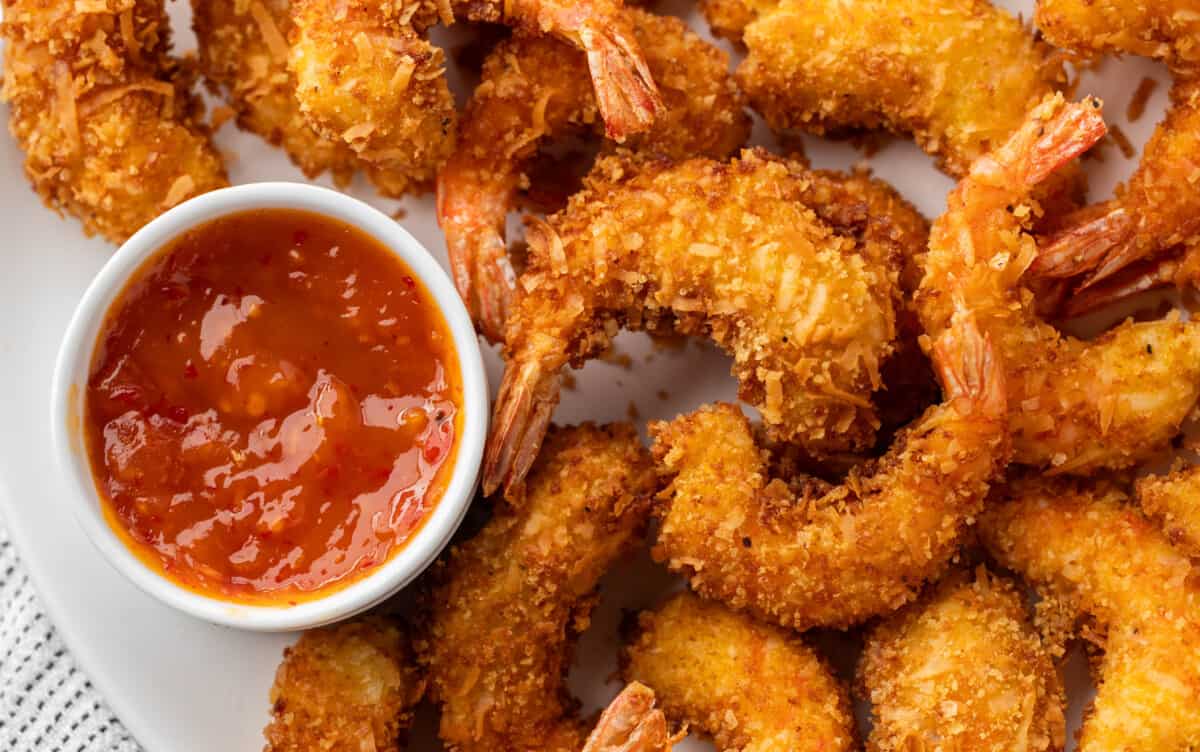
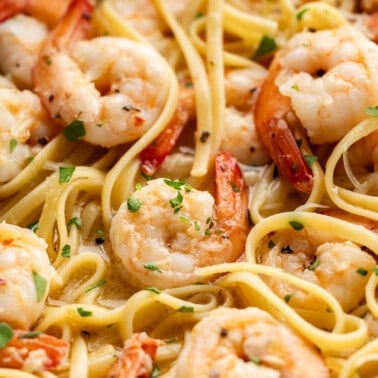
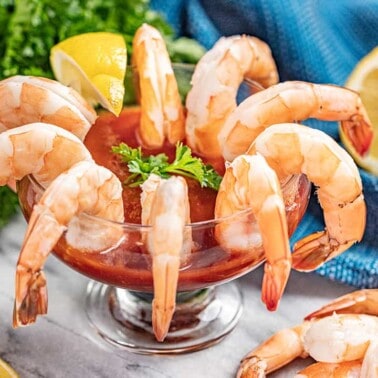
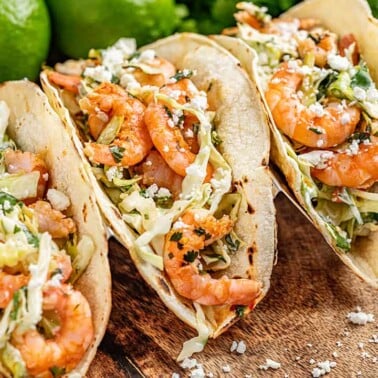
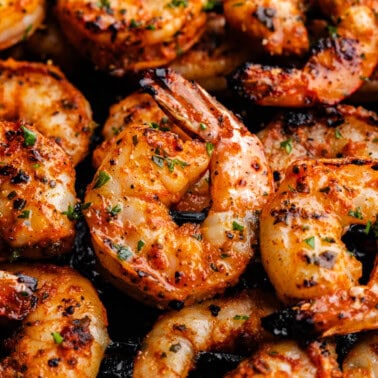
Love your recipes! You two are my favorites. I have used so many of the recipes you post. So thankful for you two ladies.
Do you think substituting chicken tenders for shrimp would work?
Definitely! In fact, we have full instructions on making crispy coconut chicken tenders here: https://thestayathomechef.com/coconut-chicken/
These were FABULOUS! Big hit for our New Year’s Eve party
These were awesome.. so easy and sweet and crispy.. will be making these again and soon..